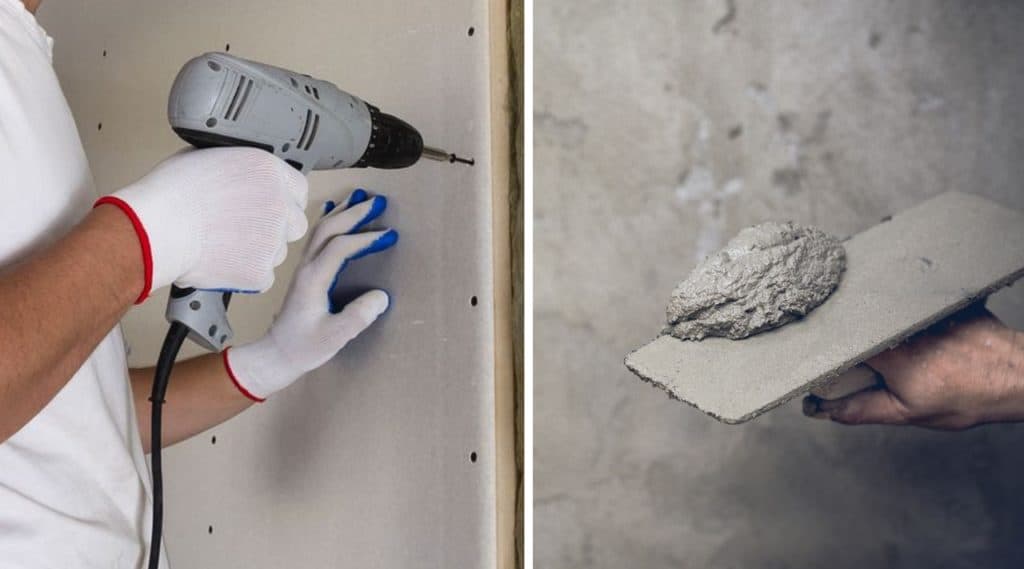
When you are thinking about the wall construction of your home, two options will probably come to your mind: drywall and plaster wall. In most new homes, drywall is used while plaster walls are common in older buildings. You might be wondering what exactly the difference is:
Drywall is a material made from gypsum pressed between two sheets of paper. It is easy and quick to install. Plaster, on the other hand, is gypsum- or cement-based material that requires more installation time but offers better soundproofing.
Read on to learn more about both materials, their uses and differences.
What Is Drywall?
In its simplest form, drywall is a pre-rendered sheet of material designed to be screwed down and form the surface of the wall. It’s typically made of gypsum (calcium sulfate dihydrate) and finished on both sides with a heavy-duty backing paper.
If you’ve ever been involved in any kind of discussion regarding the topic of house building or remodeling you’ve definitely heard of drywall. You may have even seen it on your favorite home renovation show.
Drywall is one of the most popular construction materials used in the finishing of walls. It is well regarded for its affordability, ease of use and how quickly it can be installed. Drywall is very durable and will last for many years without maintenance, but is also easy to repair if it does become damaged.
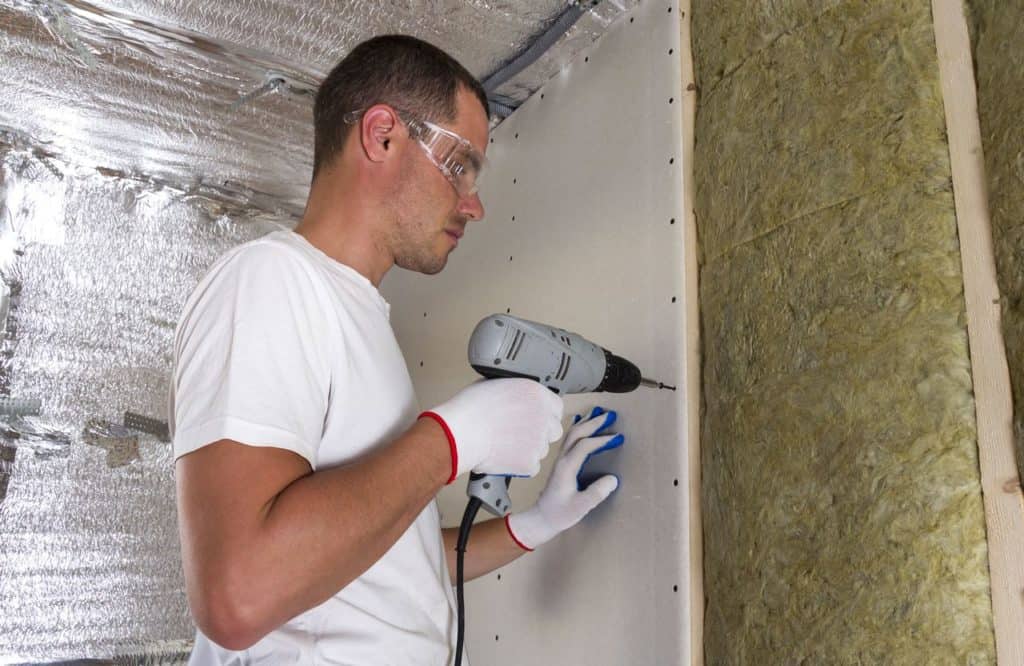
You might also know drywall by some of its other names such as buster board, gypsum board, gypsum panel, plasterboard, custard board, wallboard or sheetrock.
These may all sound very different but they are all essentially the same basic product.
What Is Plaster and How Is It Used for Walls?
Just like drywall, plaster is often used as a key component in the building of new homes or the renovation of existing ones. Plaster is often considered to be a more traditional and artisanal finish for a wall.
Plastering walls is a technique that goes back many thousands of years and over time there has been a huge variety of different ways to create it. As a rule, most plasters are made of some sort of mineral compound combined with a binding agent and mixed with water. When you pick up a modern plaster from a DIY store the most common mineral compound you’ll find is gypsum, the same as they use to make drywall. Gypsum is a very practical material to use for plaster because it doesn’t need a binding agent.
Certain types of plaster are also used as render (exterior applications) or for coving (stucco).
In most houses, you will find that plaster walls are applied to a wooden lath. This slatted wooden structure is secured directly to the frame of the walls and gives the plaster something to bind to.
Plaster generally comes as a dry powder which is mixed with water to form a paste-like consistency. Plastering a wall is a skilled task that requires patience to achieve good results. Typically when plastering a wall the plaster finish will be built up in three or more coats, this allows the plaster to dry in between layers and increases the strength of the finish.
Walls with a plaster finish are very strong. Many old homes still have the original plaster finished walls.
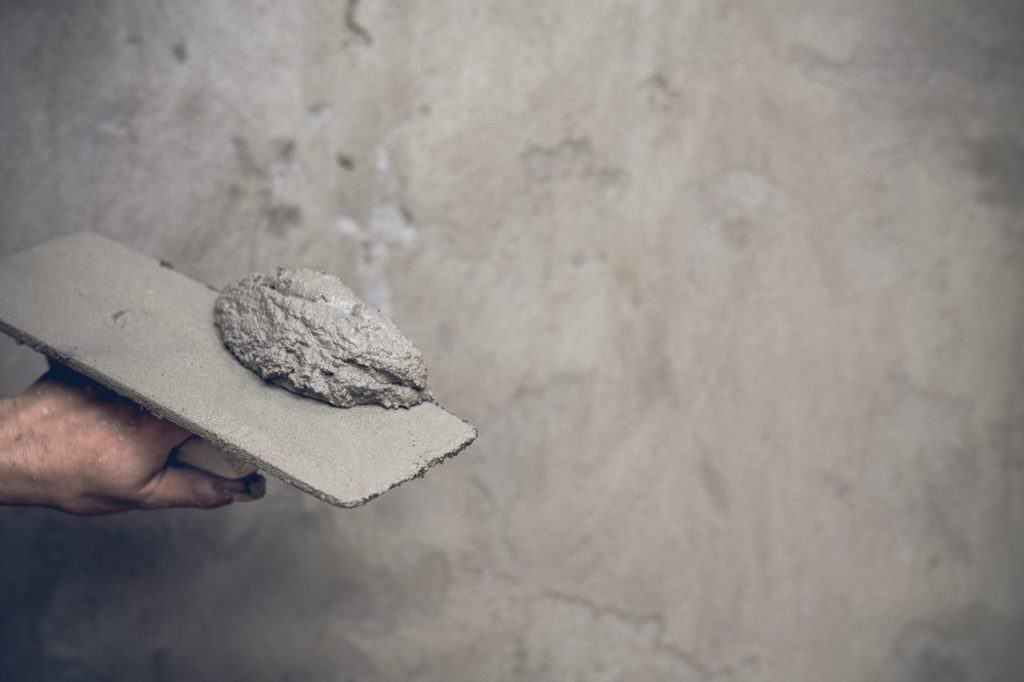
Differences between Drywall and Plaster Walls
While drywall and plaster walls do achieve the same basic goal as each other, they are both fundamentally different.
Uses
Drywall is typically used in more modern homes due to the speed of which it can be installed and the fact that a high-quality finish can be achieved by anyone.
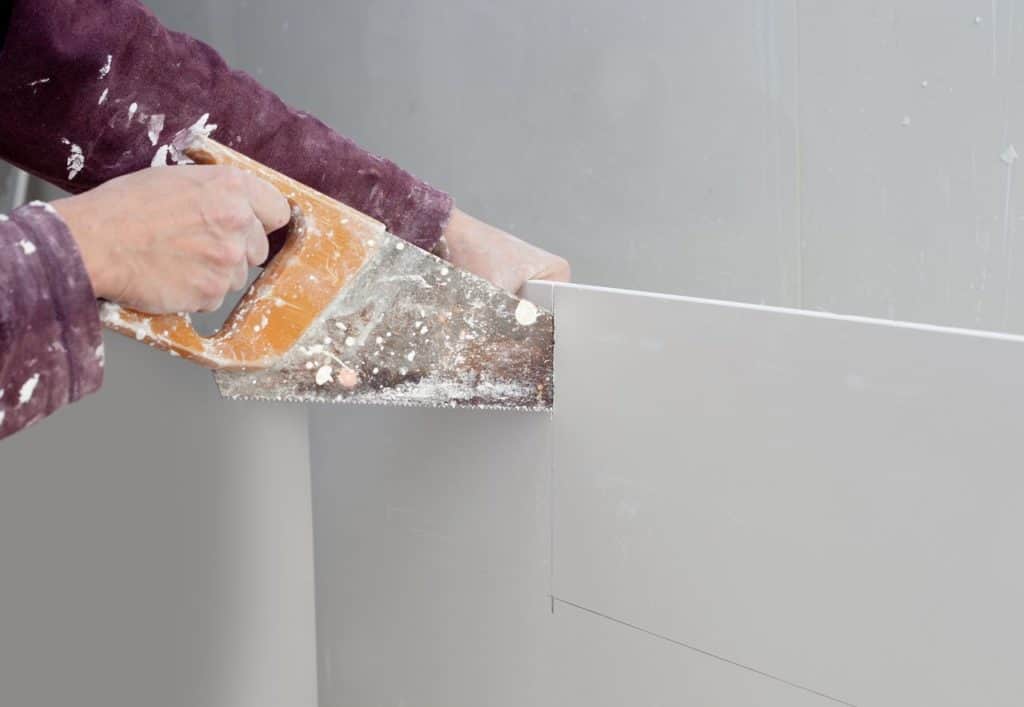
Plaster walls tend to be found more in older houses, or in the homes of the affluent who can afford the hand rendering required.
Hardness and Durability
Plaster walls have a very solid finish, they are almost rock-like when the plaster is fully cured.
In comparison, drywall creates walls that have a cavity behind them and are considerably less solid.
Due to this, it is a lot easier to drill or cut into drywall than it is plaster. It’s an incredibly simple process to hang a picture on a drywall wall, but a little more difficult than plaster.
Because drywall is not as durable as plaster it doesn’t always last as long. There are homes with plaster finishes over a hundred years old that are still going strong. Plastering is a more old fashioned technique though, and as such it’s hard to insulate plaster walls.
Installation
As mentioned before, the installation of drywall is pretty straightforward:
Drywall normally comes in standardized boards, such as 4 by 8-foot panels that need to be cut to fit. It is then fixed with screws to the underlying wooden wall construction.
The challenges are that larger drywall panels tend to be heavy and that the installation produces some dust (masks and goggles are strongly recommended). Refer to this video for more details.
To install plaster, one needs to drive nails into the wood known as lath. Coats of plaster are then applied over it. Off-the-shelf Plaster is typically a powder that needs to be mixed with water to turn into a paste before plastering a wall.
Once the plaster is applied, there are several ways to finish it. One of the common techniques is sanding which we have explained in this article.
Which Material Should You Use, Drywall or Plaster?
At the end of the day if you’re trying to choose between plaster and drywall for the finish of your walls it comes down to what you want out of your home.
For durability, solidity and good soundproofing, plaster is still a good choice. Yet, its installation is challenging and time–consuming.
Drywall is an inexpensive yet less durable alternative that can easily be installed by a skilled DIYer (with some support from family or friends).
Q&As around Plaster Walls and Drywalls
Is Drywall or Plaster Better?
Generally speaking, most people prefer to use drywall nowadays when it comes to building or renovating a home. It’s simpler to work with than plaster, allows room for insulation in the wall behind it and can be installed in your home a lot more quickly.
The plaster does have some advantages over drywall. The cavity space behind drywall can become a breeding ground for mold if moisture gets inside, this does not happen with plaster walls due to their solid construction. Plaster is also much better insulated against sound than drywall, again due to the solid nature of the material. You’ll also find that plaster is a lot more durable than drywall, nobody is punching a hole through a plaster wall.
Is it Cheaper to Install Drywall or Plaster?
This might seem like a simple question, but it doesn’t exactly have the simplest answer. Because drywall comes in big pre-rendered sheets and can be installed so quickly it tends to have a reputation for being cheaper than the painstaking process of hand plastering a wall. In fact, in many markets plaster is becoming synonymous with a luxurious and handcrafted finish.
So which one is cheaper? The answer is, as you expected, that it depends. When it comes to the pure cost of the raw materials drywall is actually more expensive than wet plastering.
Most of the cost of a wet plastered wall is in the labor required to apply the plaster professionally. Drywall comes premade, you just attach it to the wall and you’re basically done. The labor cost associated with installing drywall is significantly less than that with plaster.
At the end of the day, it boils down to whether or not you’re going to be installing the wall yourself and what level of skill you have to do that. If you’ve got the ability to plaster a wall by hand and you don’t mind taking the extra time it is absolutely going to work out cheaper. If you’re planning to pay a contractor to do it then the drywall is going to win out financially speaking.
Should I Replace Plaster Walls with Drywall?
A lot of people who purchase an older home for the first time are surprised to find the walls are finished with a traditional plaster method. Many of them find themselves asking if they should replace the plaster walls with drywall?
In most cases, if the original plaster walls are still in good condition there is absolutely no need to replace them with drywall.
Removing plaster walls is labor-intensive, which means that it’s expensive. It’s also an incredibly messy process, which generates a lot of dust and debris. If you’re replacing plaster walls with drywall you have to be really committed to it.
Does Plaster Go on Drywall?
Drywall usually has some sort of finishing material over the top, typically you’ll find that most people use a compound for this purpose. Whichever finishing material you choose to use will affect the overall appearance of the drywall.
There’s absolutely no reason why you can’t apply a plaster skim over the top of drywall. This will give the drywall the visual appearance of a wet plastered wall.
If you just want wet plaster finished walls then you don’t need to put down drywall first. The plaster is applied directly to the wall.
Why Would You Plaster over Drywall?
You may live in a home that already has drywall installed but like the aesthetic appearance of a plaster wall.
Drywall is very smooth, unlike plaster which has a textured surface when finished.
It’s not uncommon for a homeowner to apply a thin plaster veneer over the top of their drywall walls in order to replicate the finish of an authentically wet plastered wall.
How to Tell the Difference between Plaster and Drywall?
When you look at a well-finished wall, you might find yourself wondering whether it is plaster or drywall.
Broadly speaking, you’d have a difficult time trying to determine whether a wall is drywall or plaster from a simple visual inspection. A nicely finished plaster veneer over a drywall base is almost impossible to tell from traditionally finished plaster just by looking at it.
Luckily, there are some simple tests that you can do in order to tell what kind of finish you have on your walls.
Plaster walls generally feel colder to the touch, this is due to the fact that there is usually no insulation behind a wet plaster finished wall. Because plaster walls are considerably more durable than drywall you can try to push a small tack or drawing pin into the wall, a plaster wall will be very difficult to push the pin into, drywall will not.
A simple way to tell if your wall is finished with drywall is to remove a light switch or power outlet from the wall. If there is an electrical box located behind the switch or outlet then the chances are you’re looking at drywall. Plaster finished walls usually have loose wires, and you will probably also be able to see the wooden lath.
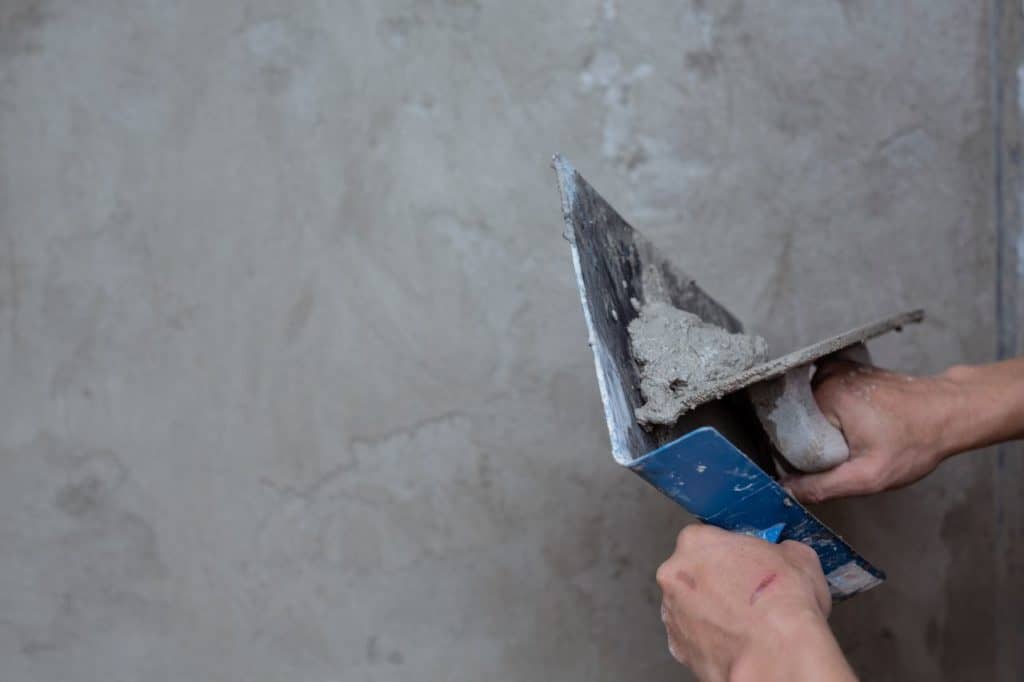
Conclusion
Plaster is the more solid and durable material but also more labor-intensive material when it comes to finishing walls.
Drywall is much easier and faster to install which can be done by DIYers. Thus, its installation is less time-consuming and less expensive.
Plaster is more common in older houses while newer homes tend to have drywall instead. Which one you should use depends on your priorities and budget. We hope that this article has helped you decide which one is right for you.
Meanwhile, make sure that you also take a look at our other home improvement articles.
Sources and References
